Holland Landscape Maintenance
(503) 750-1692
BEFORE AND AFTER | ||
|---|---|---|

Overgrown vine with dead limbs. |

Removed overgrowth and dead limbs. |

Springtime results. |
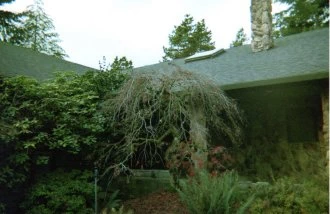
Tree with dead limbs and overgrowth. |
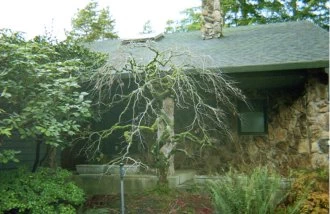
Removed overgrowth and dead limbs. |
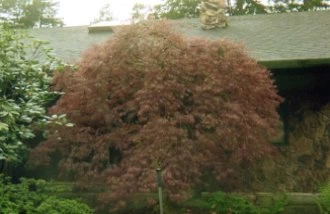
Springtime results. |
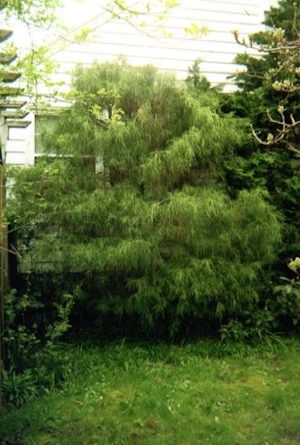
Tree with dead limbs and overgrowth. |
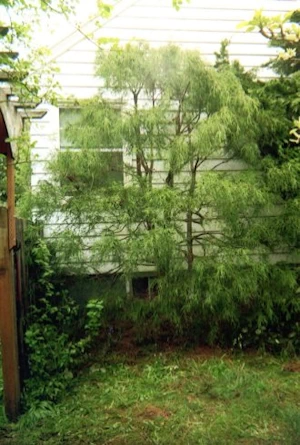
Removed overgrowth and dead limbs. |
The tree was overgrown, not allowing light to the bottom and also crowding other vegitation. It was also blocking light to the house window. After careful inspection we identified the best leader branches and pruned to remove defective parts before pruning for form. Proper pruning will save you money and give you a safer more beautiful, healthier, and easier-to-maintain tree. Remember what you do to your tree in its first few years of life will affect its shape, strength, and even its life span. |
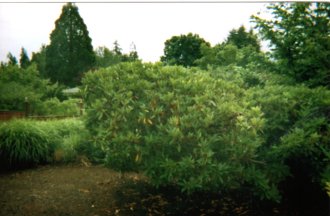
Overgrown Rhodedndron. |
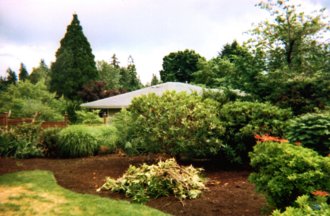
Removed overgrowth and dead limbs. |
From the giant rhododendrons of East Asian mountainsides to the rosebay rhododendron native to Eastern U.S. woodlands, this family of plants contains something for every landscape in Oregon. There is little need for pruning rhododendrons but these shrubs respond well to the occasional trimming. Shrubs with excessive overgrowth may require pruning. Pruning is typically done for maintenance, shaping, and rejuvenation. |
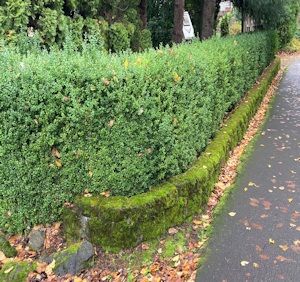
Overgrown hedge. |
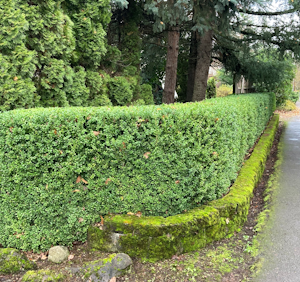
Removed overgrowth. |
Clipped formal hedges make beautiful walls and are a great backdrop to flower gardens. They can be evergreen or deciduous. Some typical plant choices are boxwood, yew, privet, laurel, hemlock, holly, and beech. Hedges should be pruned 2-3 times every year to develop dense branching and to maintain their form. |
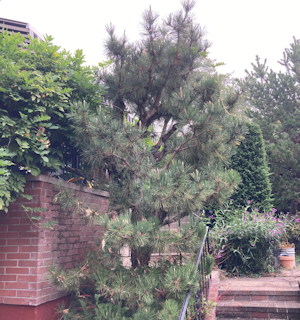
Overgrown pine tree. |
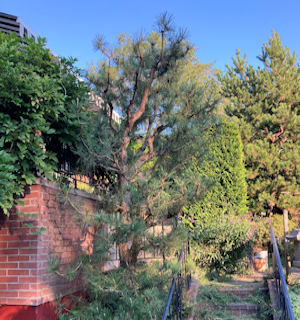
Removed overgrowth and dead limbs. |
Aesthetic Pruning is a horticultural practice that alters the form and growth of a plant. Based on aesthetics and science, pruning can also be considered preventive maintenance. Many problems may be prevented by pruning correctly during formative years for a tree or shrub. Here we have pruned to remove unwanted branches, waterspouts, suckers, and undesirable structures that detract from plant appearance |
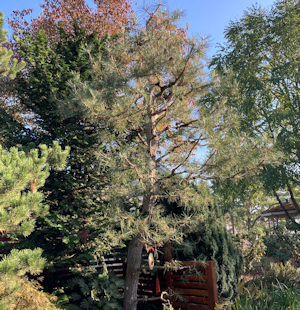
Overgrown red pine tree. |
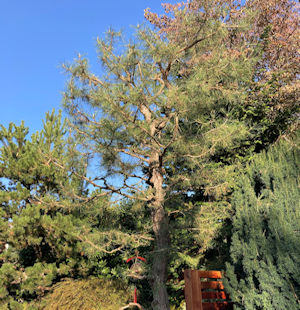
Removed overgrowth and dead limbs from red pine. |
Although pine trees don't need much attention, you should still take care of your pine with an occasional trim. Pruning your tree of the dead, damaged, or diseased branches will ensure that it grows dense, lush foliage throughout its lifespan. You'll also avoid any potential accidents caused by falling tree debris! |
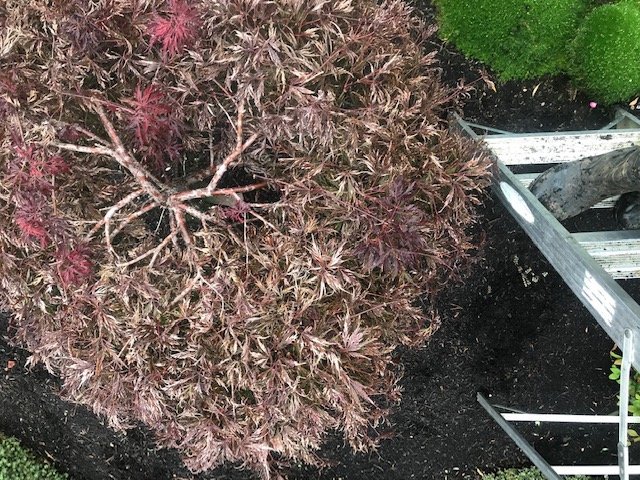
Before An Overgrown Maple. |
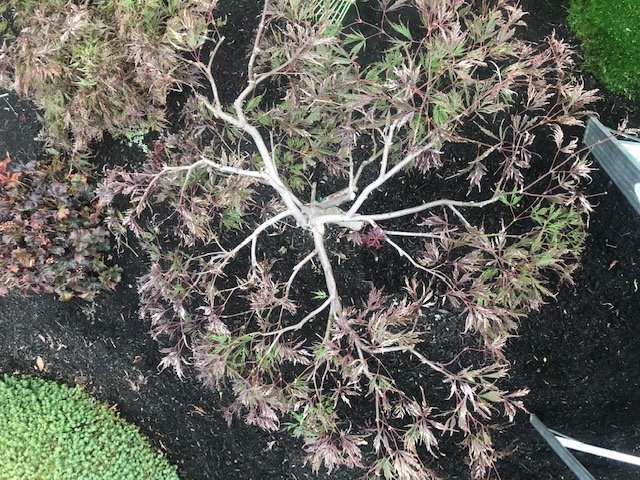
Now pruned for maximum growth and health. |
Japanese maples are among the most rewarding trees to prune because of their shape and the wide vocabulary of their branching structure, from the strongest limb to the most delicate twig. The graceful flow of the trunk, delicate leaves flickering in the wind, translucent in light, the beautiful colors. |
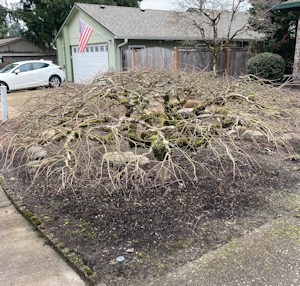
Not pruned for maximum growth and health. |
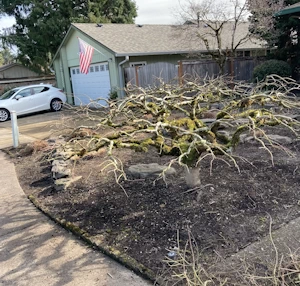
Now pruned for maximum growth. |
What some may not realize is that aesthetic pruning of Japanese Maples, using artistically and scientifically informed pruning techniques, can make all the difference in how much of their refined essence reveals itself to us. Japanese maples are elegant in all seasons, with delicate leaves, fine fall color, and the loveliest branch patterns in the world. |
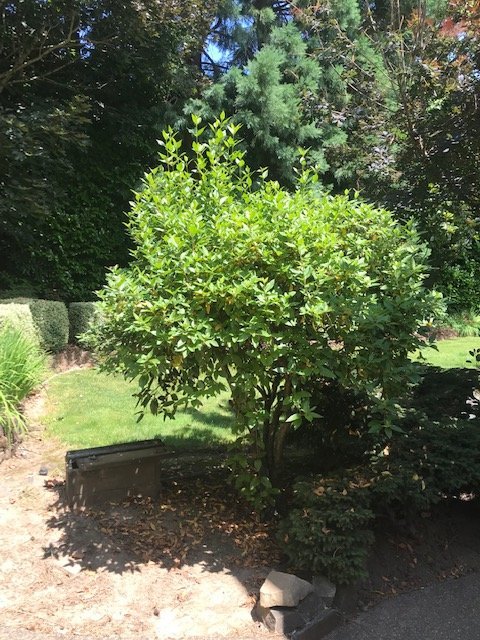
Before An Overgrown Viburnum. |
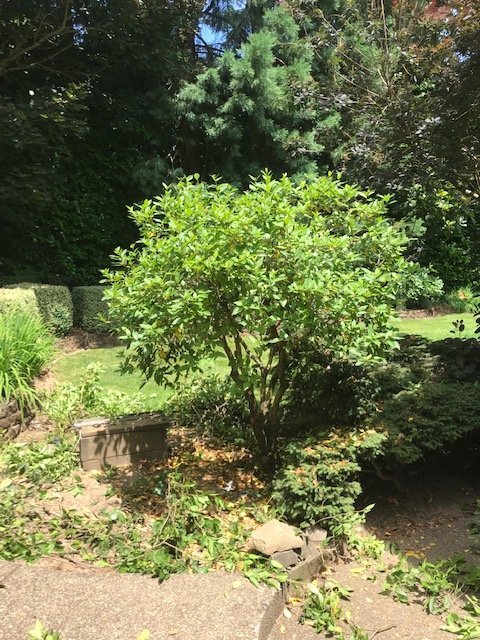
Viburnum now pruned for maximum health. |
Viburnums are plants for each of the four seasons of interest. All have profuse white to pink flowers in the spring with large, attractive and often highly textured leaves. Showy midsummer berries are an important food source for birds. Colorful red to purple leaves in the fall persist well into the winter, when Viburnums’ dramatic branching structure is revealed and enhanced by a dusting of snow. The best feature of Viburnums is their adaptability. They would prefer full sun and moderately watered, well-drained rich soils but they are not picky and most will grow very well in part shade, alkaline, clay soils and pests rarely attack them. Their fibrous root system makes them very easy to transplant. |